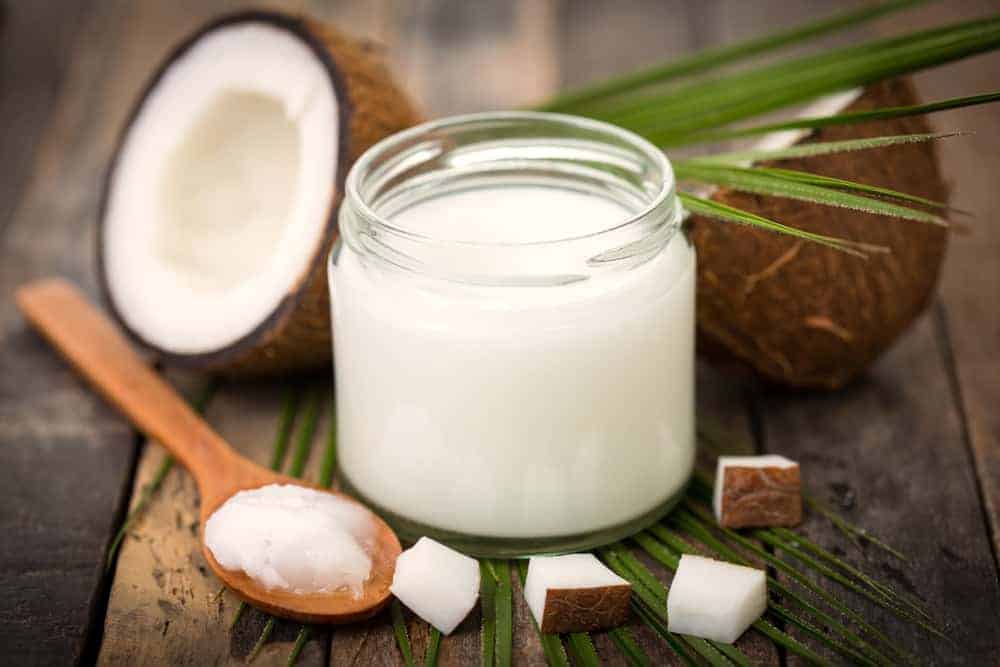12 Proven Chef Secrets for Making the Perfect Curry Every Time
Curry captivates food lovers worldwide with its irresistible aromas, vibrant colors, and satisfying depth of flavor. Yet, achieving the perfect curry at home can feel daunting, as this beloved dish requires finesse and an understanding of key techniques. By mastering a few chef-approved methods, you can consistently create mouthwatering, restaurant-quality curries. These expert secrets, sourced from culinary greats and trusted guides, will transform your home-cooked curries into unforgettable meals.
1. Start with Fresh, Whole Spices
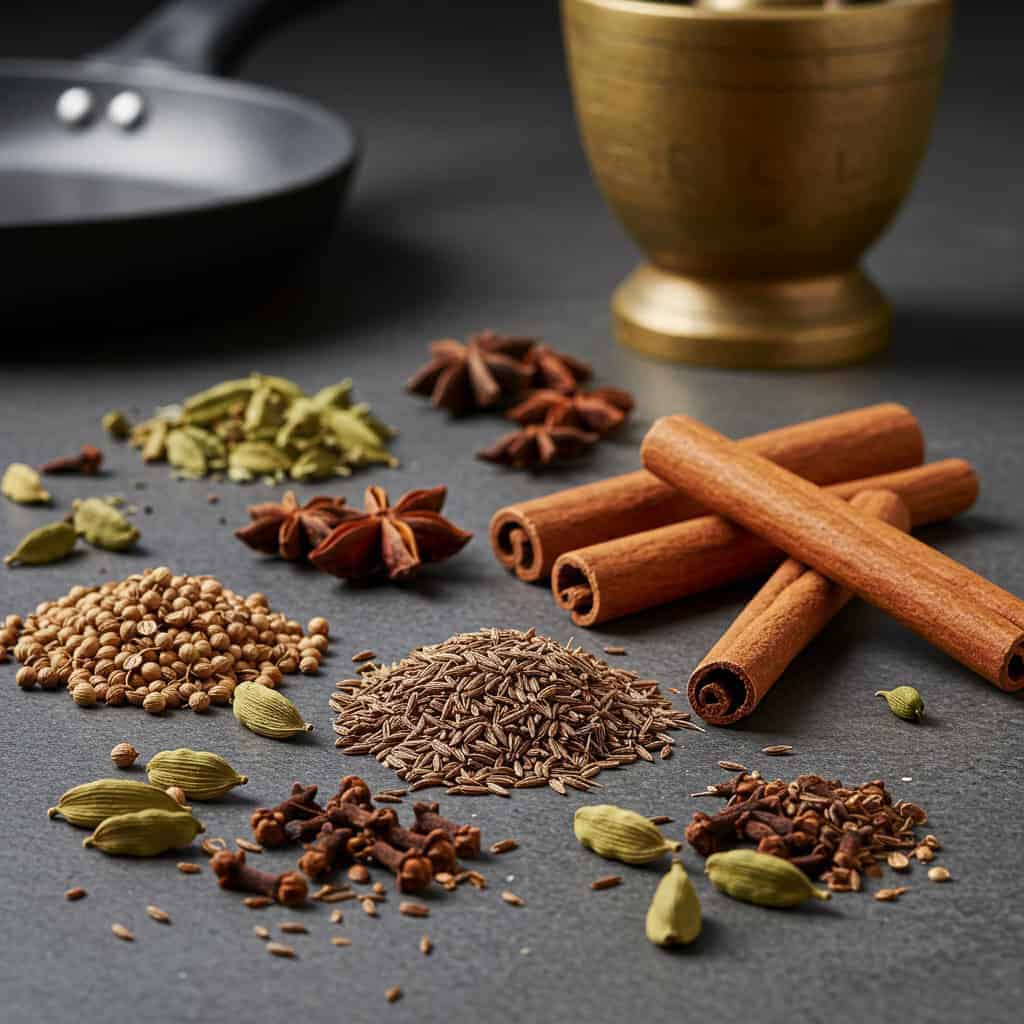
Chefs consistently recommend using whole spices rather than pre-ground varieties for curries. Whole spices retain their essential oils, delivering a deeper, more vibrant flavor profile. To maximize aroma and taste, lightly toast the spices in a dry pan until fragrant, then grind them just before use. This simple step unlocks layers of complexity that pre-ground spices simply can’t match.
2. Build Flavor with Onion, Garlic, and Ginger
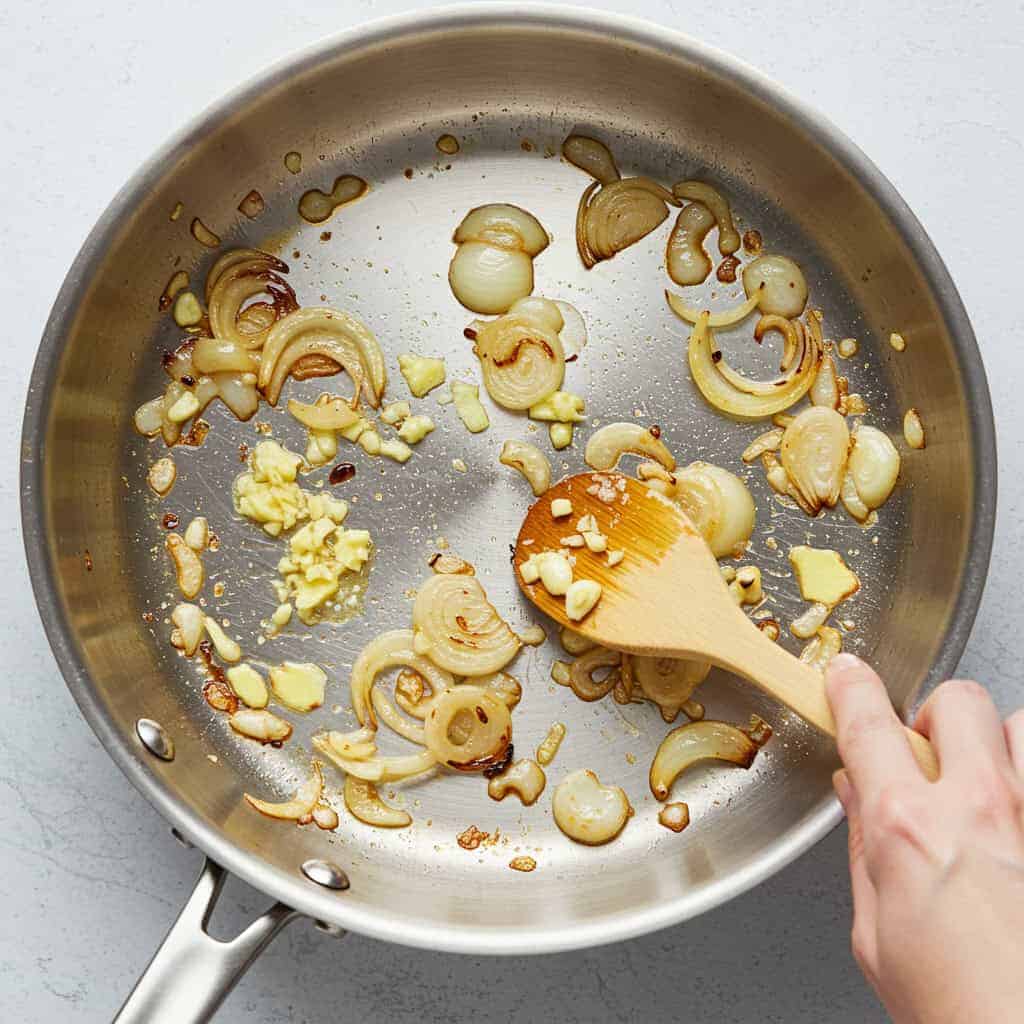
Sautéed onion, garlic, and ginger form the essential base for most curries, offering a rich foundation and incredible depth. Chefs recommend gently cooking this trio over medium heat until the onions are deeply golden and caramelized, which brings out their natural sweetness and intensifies flavor. Don’t rush this step—proper caramelization is key to a complex sauce.
3. Layer Spices Gradually

Chefs carefully layer spices instead of adding them all at once. By blooming spices in hot oil at the start, their essential oils are released, infusing the dish with robust flavor. Additional spices can be stirred in later, allowing you to adjust and deepen the flavor as the curry cooks. This technique creates far more complexity and nuance than simply dumping everything in at once.
4. Use Ghee or High-Quality Oil
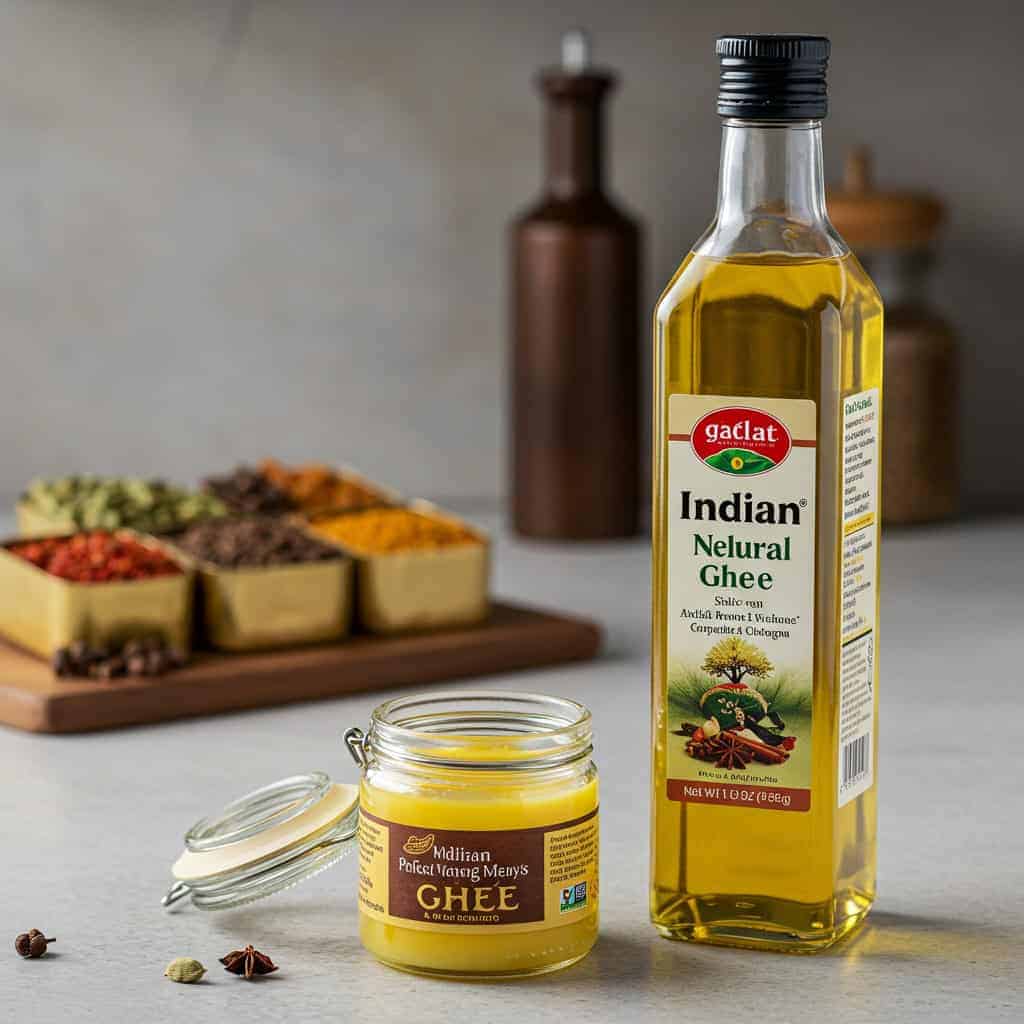
Ghee and neutral oils are preferred by chefs for curry because they withstand high heat, enhancing spice extraction and preventing burning. Ghee, in particular, adds a rich, nutty aroma that butter or olive oil can’t match, while neutral oils let spices shine without imparting their own flavors. This choice ensures your curry’s base is both flavorful and stable.
5. Choose the Right Protein and Prep It Well

Selecting the ideal protein—whether chicken, lamb, seafood, paneer, or legumes—lays the foundation for a memorable curry. Marinating proteins in yogurt, spices, or aromatics enhances tenderness and helps them absorb deep flavors. For even richer results, chefs often brown or sear the protein before simmering it in the sauce, locking in juices and creating savory depth.
6. Master the Simmer

Slow simmering is essential for melding curry flavors and achieving a luxurious, thick sauce. Whether you use the stovetop, oven, or a slow cooker, gentle heat allows spices and aromatics to fully infuse the dish. Chefs stress the importance of patience—rushing can lead to uneven flavors and runny sauce. Check consistency periodically, letting excess liquid evaporate for a perfect texture.
7. Add Dairy or Coconut Milk at the Right Time

Timing is crucial when incorporating yogurt, cream, or coconut milk into curry. Chefs recommend stirring these in toward the end of cooking, over low heat, to prevent curdling and achieve a smooth, silky texture. Adding dairy or coconut milk too early can cause separation, while adding it too late may not allow flavors to meld.
8. Balance Heat and Acidity
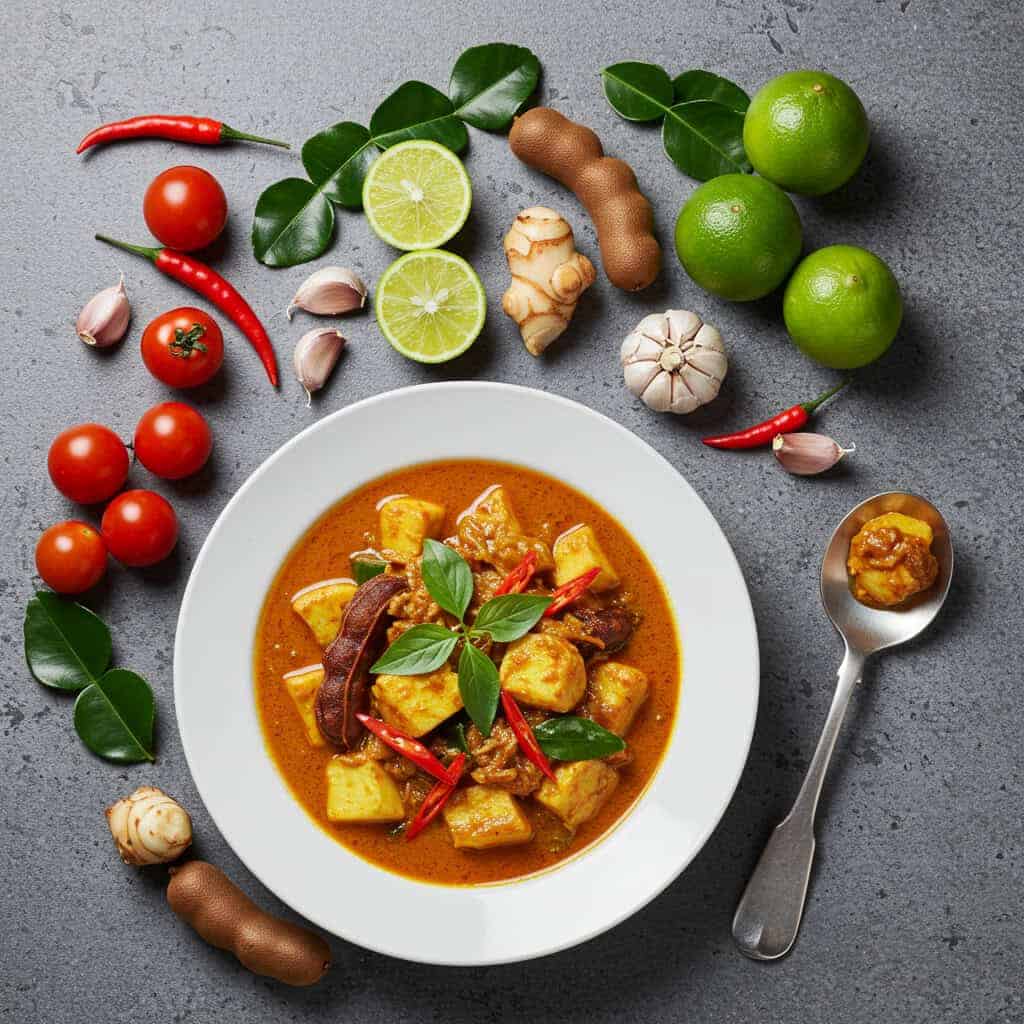
Achieving the right balance of heat and acidity is a hallmark of great curry. Chefs carefully adjust the amount of chili peppers, tomatoes, tamarind, or lime juice to create harmony and prevent any one flavor from overwhelming the dish. Tasting and tweaking at different stages ensures a perfect balance of spice and tang. Don’t hesitate to fine-tune these elements for your palate.
9. Sweeten Subtly
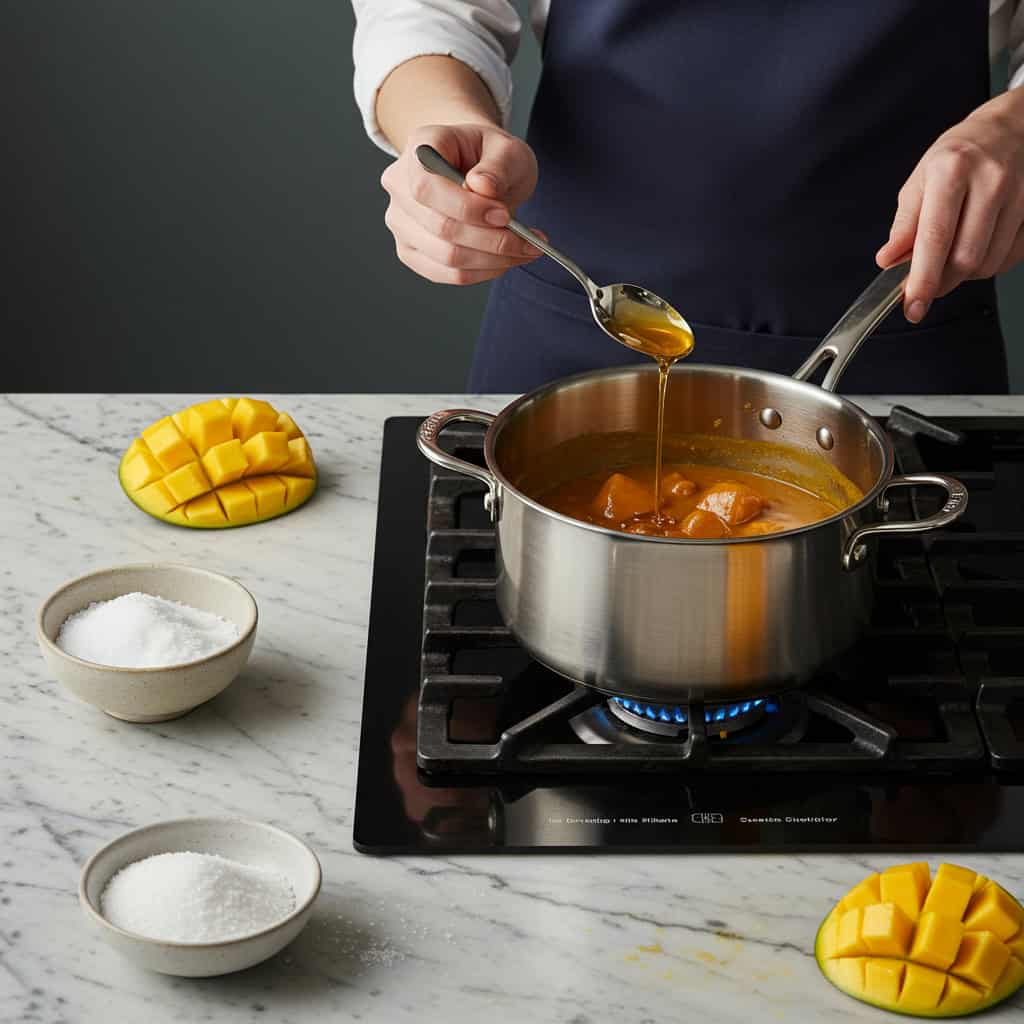
A hint of sweetness—from honey, sugar, or fruit like mango—can soften acidity and balance spices in curry. Many classic recipes use these ingredients sparingly to round out sharp flavors without dominating the dish. Chefs caution against adding too much, as over-sweetening can mask complexity. Taste as you go to find the perfect level.
10. Don’t Skip Fresh Herbs

Fresh herbs such as cilantro, mint, or fenugreek leaves provide a final burst of flavor and color that brightens even the richest curries. Chefs recommend adding these delicate greens just before serving so their aroma and freshness remain vibrant. This simple step elevates the dish and balances its complexity.
11. Rest Before Serving
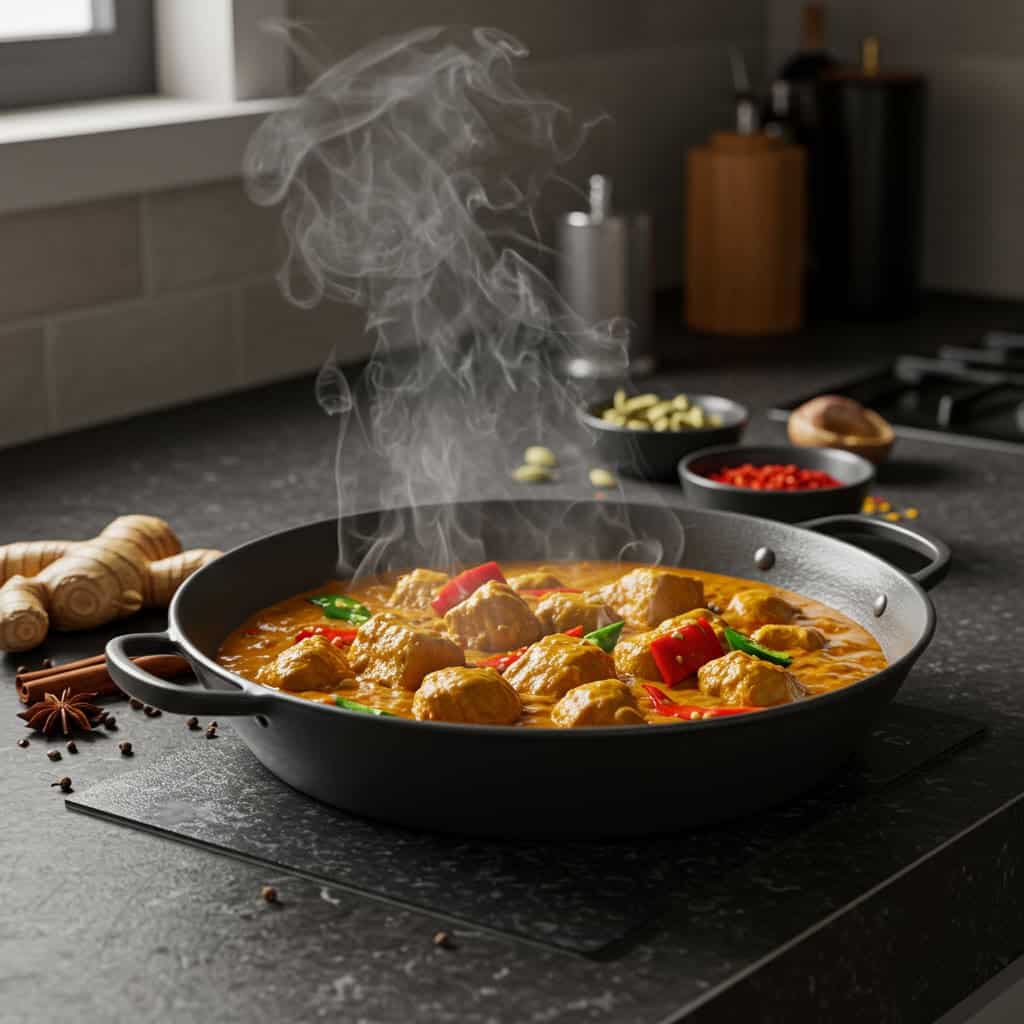
Allowing your curry to rest for 10-20 minutes before serving lets the flavors deepen and meld beautifully. Chefs often find that a rested curry boasts richer, more unified tastes compared to one served immediately. This simple pause can make the difference between a good and a truly unforgettable dish.
12. Serve with the Right Sides
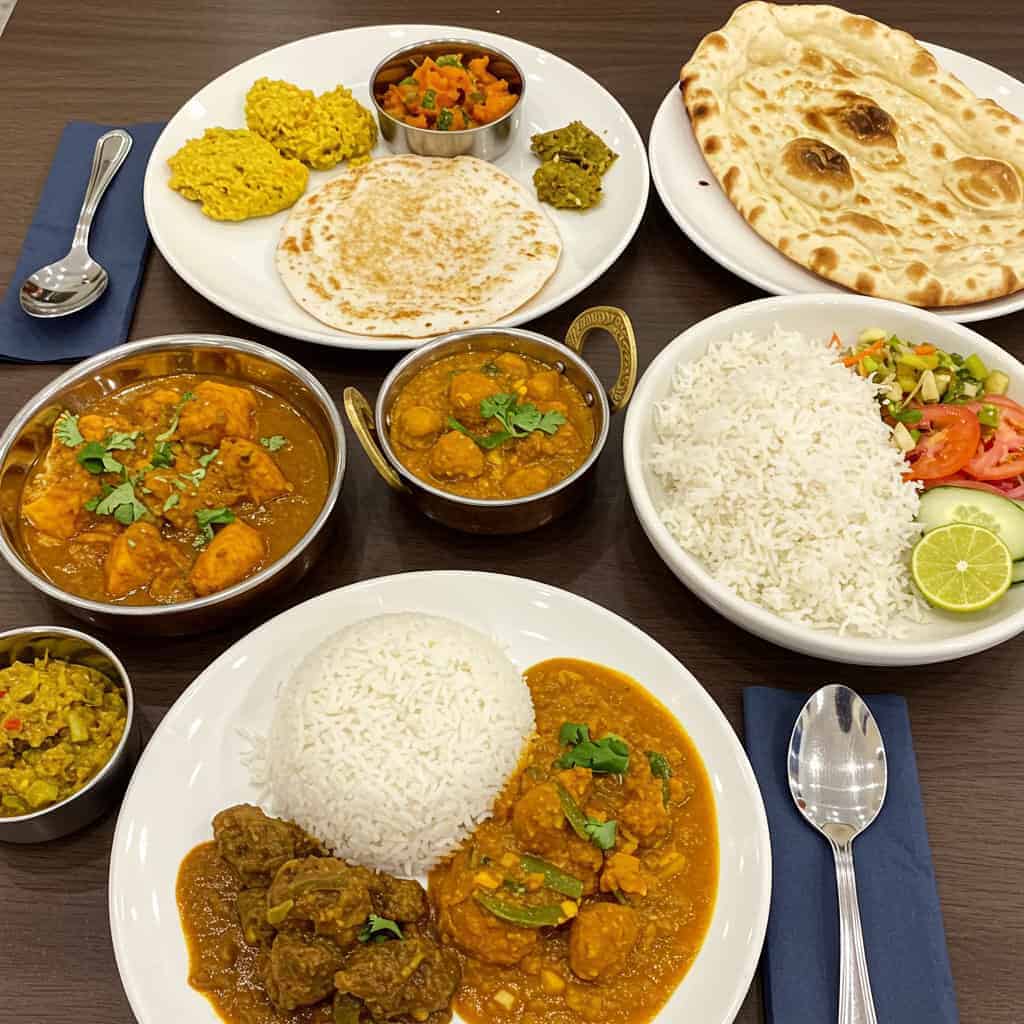
Pairing curry with the proper sides—such as fluffy basmati rice, warm naan, or tangy pickles—completes the meal and highlights its flavors. Regional pairings like South Indian curries with dosa or North Indian dishes with paratha provide variety and authenticity. The right accompaniments help balance heat, soak up sauces, and elevate every bite.
Conclusion
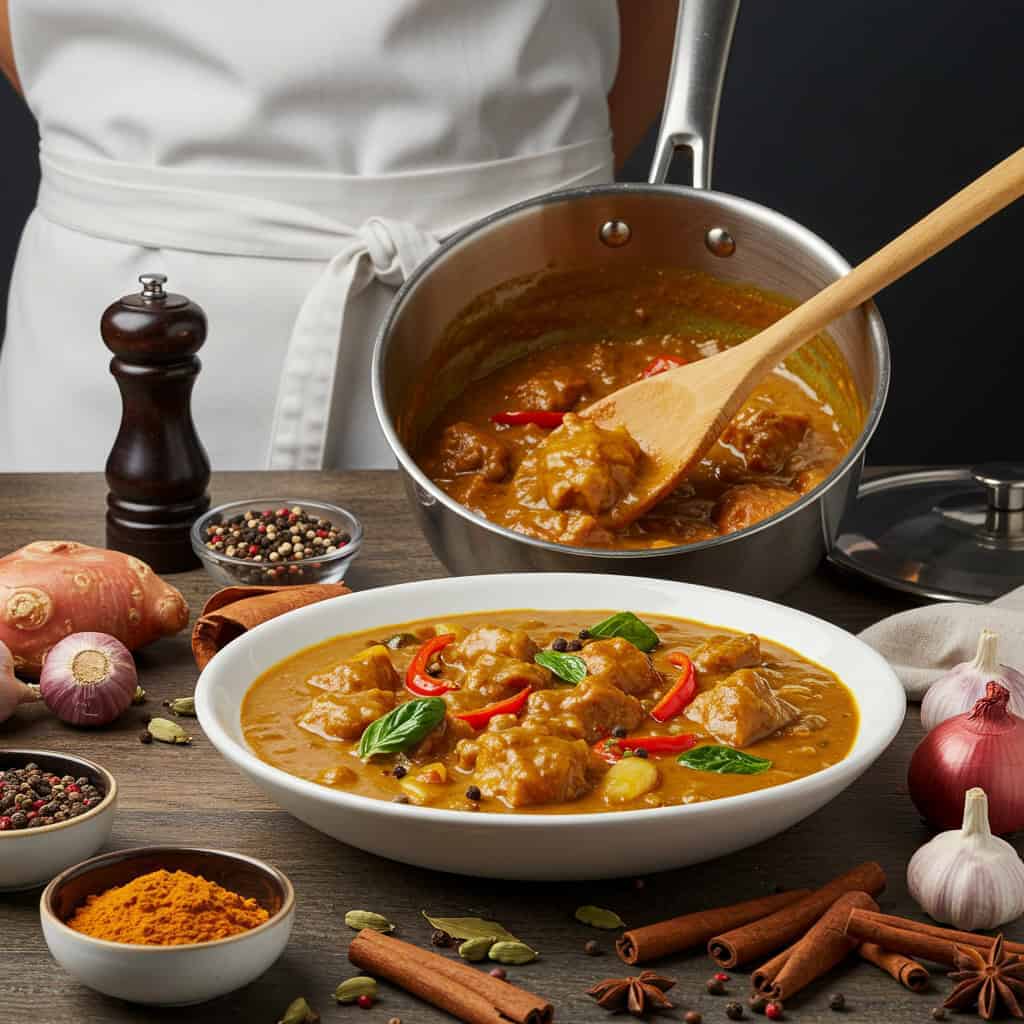
Mastering these chef secrets can transform your curry-making from ordinary to extraordinary, unlocking vibrant flavors and professional-quality results at home. Remember, every great curry is the product of careful technique and a willingness to experiment. With practice and a bit of patience, you’ll find the process both satisfying and deeply rewarding. Embrace these tips, explore new combinations, and enjoy the journey to consistently delicious, restaurant-worthy curries.
.article-content-img img { width: 100% }



